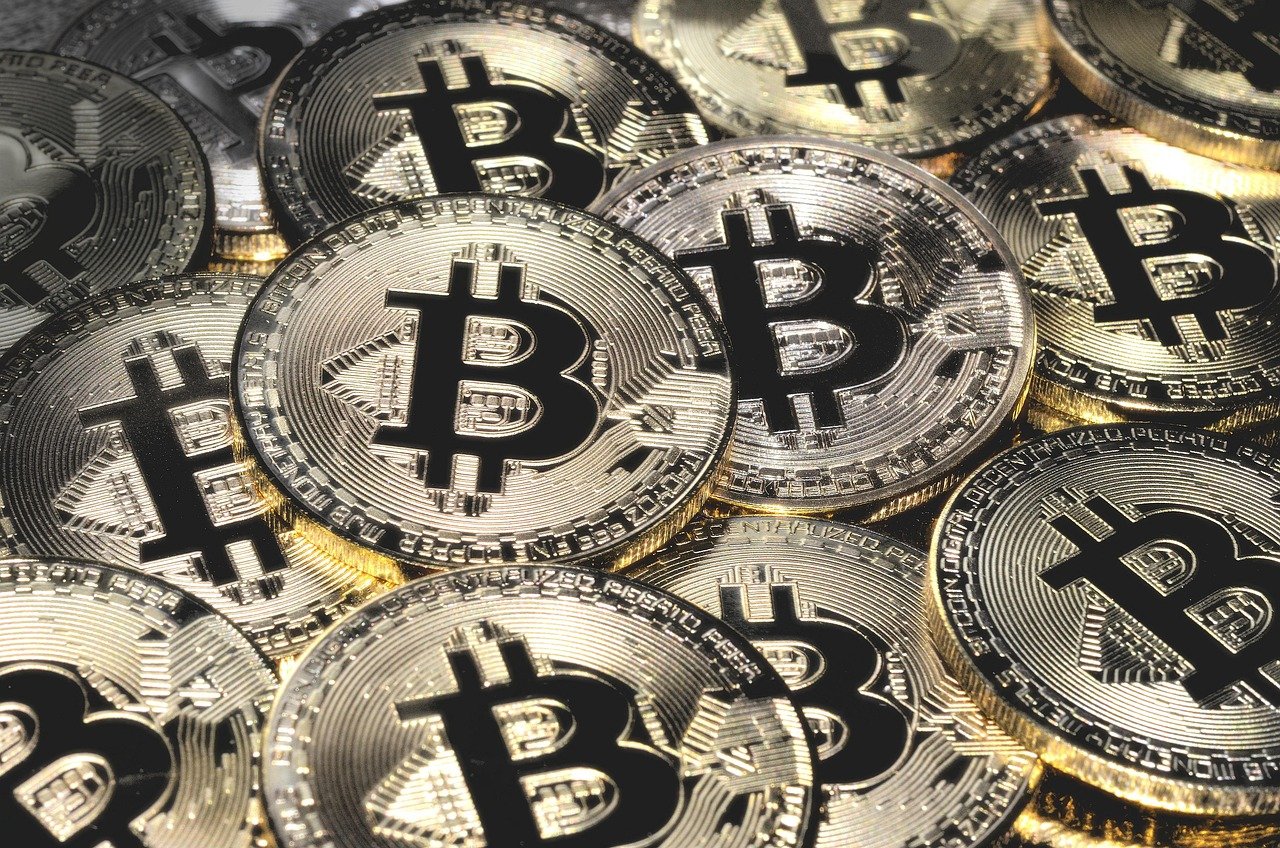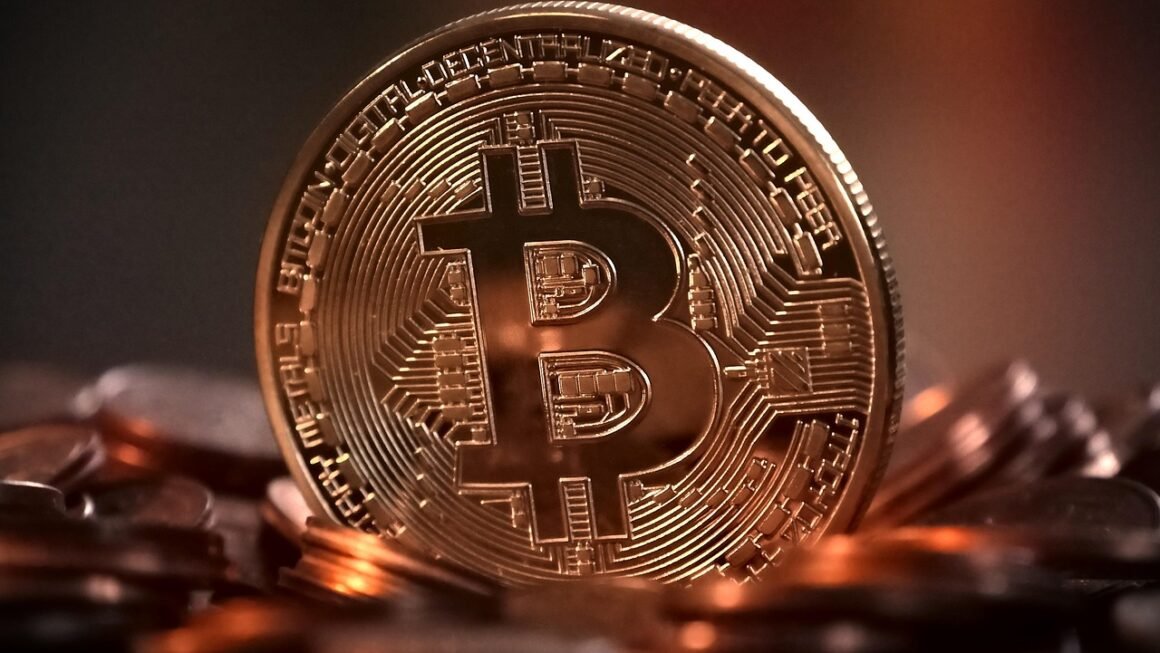NFTs, or Non-Fungible Tokens, have taken the digital world by storm, transforming the way we think about ownership, art, collectibles, and even real-world assets. From million-dollar digital artworks to virtual land and unique in-game items, NFTs represent a revolution in digital ownership. But what exactly are NFTs, how do they work, and why should you care? This guide provides a comprehensive overview of NFTs, demystifying the technology and exploring its diverse applications.
Understanding NFTs: The Basics
What Does “Non-Fungible” Mean?
The term “non-fungible” is crucial to understanding NFTs. Fungible assets are interchangeable; one unit is essentially the same as another. Think of a dollar bill – it doesn’t matter which dollar bill you have, it holds the same value as any other dollar bill. Non-fungible assets, on the other hand, are unique and cannot be replaced by something else. A piece of art, a unique trading card, or a specific plot of land are all examples of non-fungible assets.
How Do NFTs Work?
NFTs are digital assets that represent ownership of unique items. They exist on a blockchain, a secure and transparent digital ledger. Here’s a breakdown of how it works:
- Blockchain Technology: NFTs are typically created on blockchains like Ethereum, Solana, or Binance Smart Chain. The blockchain ensures the NFT’s security, immutability, and traceability.
- Smart Contracts: NFTs are governed by smart contracts, which are self-executing agreements written into code. These contracts define the NFT’s characteristics, ownership rules, and transfer mechanisms.
- Minting: The process of creating an NFT is called “minting.” This involves writing the asset’s information (metadata) onto the blockchain, creating a unique token.
- Ownership: Owning an NFT means owning a record on the blockchain that links to a specific digital or physical asset. This ownership is publicly verifiable and tamper-proof.
- Trading: NFTs can be bought and sold on specialized marketplaces like OpenSea, Rarible, and Nifty Gateway. Transactions are recorded on the blockchain, providing a permanent record of ownership.
Key Characteristics of NFTs
NFTs possess several key characteristics that contribute to their unique value:
- Uniqueness: Each NFT is distinct and irreplaceable.
- Scarcity: Creators can limit the supply of an NFT, increasing its potential value.
- Indivisibility: NFTs cannot be divided into smaller units.
- Provable Ownership: Ownership is easily verifiable on the blockchain.
- Transferability: NFTs can be easily transferred between users.
The Diverse Applications of NFTs
Digital Art and Collectibles
One of the most prominent applications of NFTs is in the realm of digital art and collectibles. Artists can create and sell unique digital artworks directly to collectors, bypassing traditional intermediaries. Some notable examples include:
- Beeple’s “Everydays: The First 5000 Days”: This digital collage sold for $69.3 million at Christie’s, demonstrating the potential value of digital art NFTs.
- CryptoPunks: A collection of 10,000 unique pixel art characters, some of which have sold for millions of dollars.
- Bored Ape Yacht Club: A popular collection of ape-themed NFTs that grant holders access to exclusive online communities and events.
Gaming and Virtual Worlds
NFTs are revolutionizing the gaming industry by allowing players to own and trade in-game assets. This creates new opportunities for monetization and player engagement. Examples include:
- Axie Infinity: A play-to-earn game where players collect and battle digital creatures called Axies, which are NFTs.
- Decentraland and The Sandbox: Virtual worlds where users can buy, sell, and develop virtual land represented by NFTs.
- In-Game Items: NFTs can represent unique weapons, skins, and other in-game items, giving players true ownership of their digital assets.
Music and Entertainment
NFTs are transforming the music and entertainment industries by providing artists with new ways to connect with fans and monetize their work. Some applications include:
- Music NFTs: Artists can release limited-edition music tracks, albums, or exclusive content as NFTs, allowing fans to support their favorite artists directly. Example: Kings of Leon released their album “When You See Yourself” as an NFT.
- Ticketing: NFTs can be used as unique tickets for events, preventing fraud and providing additional benefits to attendees, such as access to exclusive content or merchandise.
- Fan Engagement: NFTs can be used to create exclusive fan clubs or provide access to behind-the-scenes content.
Real-World Assets and Identity
NFTs have the potential to represent ownership of real-world assets, such as real estate, vehicles, or intellectual property. This can streamline transactions and improve transparency. Additionally, NFTs can be used for digital identity verification. For example:
- Real Estate NFTs: Fractionalized ownership of properties can be represented by NFTs, allowing investors to buy and sell portions of real estate more easily.
- Supply Chain Management: NFTs can be used to track the provenance of goods, ensuring authenticity and transparency in supply chains.
- Digital Identity: NFTs can be used to create secure and verifiable digital identities, simplifying KYC (Know Your Customer) processes.
Investing in NFTs: Risks and Rewards
Potential Benefits of Investing in NFTs
Investing in NFTs can offer several potential benefits, including:
- High Potential Returns: Some NFTs have appreciated significantly in value, offering investors substantial returns.
- Portfolio Diversification: NFTs can provide diversification from traditional investments like stocks and bonds.
- Community Access: Owning certain NFTs can grant access to exclusive online communities and events.
- Supporting Artists and Creators: Investing in NFTs directly supports artists and creators, allowing them to monetize their work in new ways.
Risks to Consider
Investing in NFTs also carries significant risks that investors should be aware of:
- Volatility: The NFT market is highly volatile, and prices can fluctuate dramatically.
- Lack of Liquidity: Some NFTs may be difficult to sell quickly, especially those with low trading volume.
- Scams and Fraud: The NFT space is rife with scams and fraudulent projects. It’s crucial to do thorough research before investing.
- Security Risks: NFT holders are vulnerable to hacking and theft, so it’s essential to protect your digital wallets and private keys.
- Regulatory Uncertainty: The regulatory landscape surrounding NFTs is still evolving, which could impact their future value.
Due Diligence Tips
Before investing in any NFT, it’s crucial to conduct thorough due diligence. Consider the following tips:
- Research the project: Understand the NFT’s purpose, team, and community.
- Assess the rarity: Determine how unique and scarce the NFT is.
- Check the trading volume: A higher trading volume indicates greater liquidity.
- Verify the authenticity: Ensure the NFT is genuine and not a counterfeit.
- Understand the smart contract: Review the smart contract to ensure it’s secure and doesn’t contain any hidden clauses.
- Store your NFTs securely: Use a reputable hardware wallet to protect your NFTs from theft.
How to Buy, Sell, and Create NFTs
Buying NFTs
To buy NFTs, you’ll typically need a cryptocurrency wallet (e.g., MetaMask, Trust Wallet) and some cryptocurrency (e.g., Ethereum, Solana). Here’s a step-by-step guide:
Selling NFTs
Selling NFTs is similar to buying, but in reverse. Here’s a simplified process:
Creating NFTs (Minting)
Creating your own NFTs involves “minting” them on a blockchain. Here’s a general overview:
The Future of NFTs
Evolving Trends and Technologies
The NFT landscape is constantly evolving, with new trends and technologies emerging regularly. Some key trends to watch include:
- Fractionalized NFTs: Allowing ownership of high-value NFTs to be split into smaller fractions, making them more accessible to a wider range of investors.
- Dynamic NFTs: NFTs that can change their metadata or characteristics based on external factors, such as real-world events or data feeds.
- NFTs in the Metaverse: Integrating NFTs into virtual worlds and metaverse environments, allowing users to own and interact with digital assets in immersive ways.
- Sustainability: Addressing the environmental concerns associated with energy-intensive blockchains like Ethereum by exploring more eco-friendly alternatives.
Regulatory Considerations
As the NFT market grows, regulatory scrutiny is also increasing. Governments and regulatory bodies around the world are grappling with how to classify and regulate NFTs. Key areas of focus include:
- Securities Laws: Determining whether certain NFTs should be classified as securities, which would subject them to stricter regulations.
- Taxation: Establishing clear guidelines for taxing NFT transactions and ownership.
- Anti-Money Laundering (AML): Implementing measures to prevent NFTs from being used for money laundering and other illicit activities.
- Intellectual Property: Protecting the intellectual property rights of NFT creators and ensuring that NFTs are not used to infringe on copyrights or trademarks.
Conclusion
NFTs are transforming the digital landscape, offering new opportunities for creators, collectors, and investors. While the market is still relatively nascent and carries inherent risks, the potential applications of NFTs are vast and continue to expand. By understanding the fundamentals of NFTs, staying informed about evolving trends, and conducting thorough due diligence, you can navigate this exciting new frontier with greater confidence. The key takeaway is to approach NFTs with a balance of enthusiasm and caution, recognizing both the potential rewards and the inherent risks.



